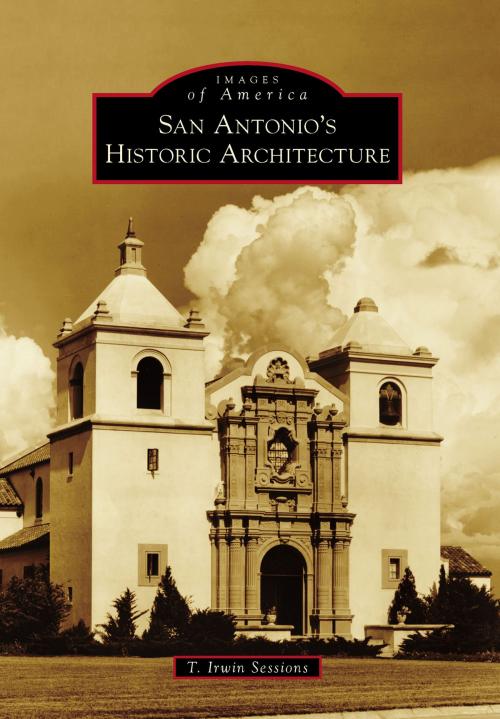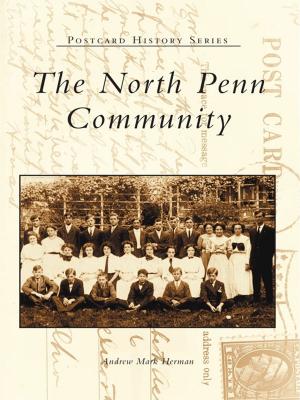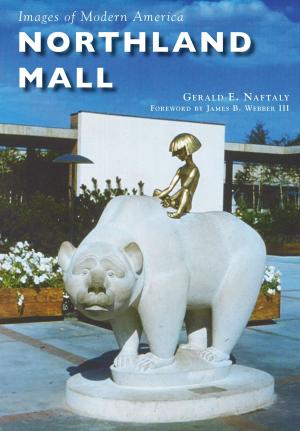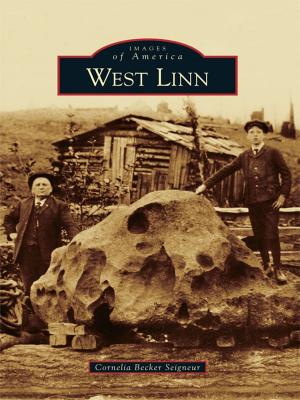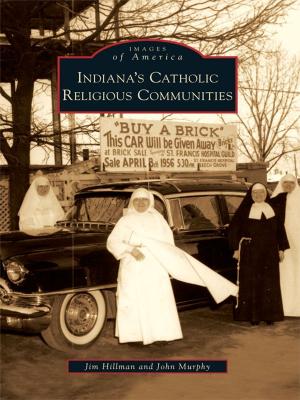San Antonio's Historic Architecture
Nonfiction, Art & Architecture, Photography, Pictorials, Architectural & Industrial, Architecture, Public, Commercial, or Industrial Buildings| Author: | T. Irwin Sessions | ISBN: | 9781439655559 |
| Publisher: | Arcadia Publishing Inc. | Publication: | January 11, 2016 |
| Imprint: | Arcadia Publishing | Language: | English |
| Author: | T. Irwin Sessions |
| ISBN: | 9781439655559 |
| Publisher: | Arcadia Publishing Inc. |
| Publication: | January 11, 2016 |
| Imprint: | Arcadia Publishing |
| Language: | English |
Spanish colonial missionary settlements established San Antonio as a junction between Mexico and the developing United States in the early 1700s. Because of its remote location amid both countries and its great distance from other cities, San Antonio became a crossroads for commerce, industry, and strategic military position on the wild frontier. Texas independence and the admission of Texas into the United States in the 19th century established a diverse cultural population and distinctive architecture that remains historically significant across the nation as it continues to gain attention on the world stage. The appreciation of historic architecture among its citizens has enabled San Antonio to retain a remarkably large catalog of important historic structures, which are often saved from destruction through relocation. Three centuries of steady growth, from 1700 to 2000, has resulted in an abundance of buildings that has generated a local legacy of multigenerational artisans and skilled craftsmen.
Spanish colonial missionary settlements established San Antonio as a junction between Mexico and the developing United States in the early 1700s. Because of its remote location amid both countries and its great distance from other cities, San Antonio became a crossroads for commerce, industry, and strategic military position on the wild frontier. Texas independence and the admission of Texas into the United States in the 19th century established a diverse cultural population and distinctive architecture that remains historically significant across the nation as it continues to gain attention on the world stage. The appreciation of historic architecture among its citizens has enabled San Antonio to retain a remarkably large catalog of important historic structures, which are often saved from destruction through relocation. Three centuries of steady growth, from 1700 to 2000, has resulted in an abundance of buildings that has generated a local legacy of multigenerational artisans and skilled craftsmen.
